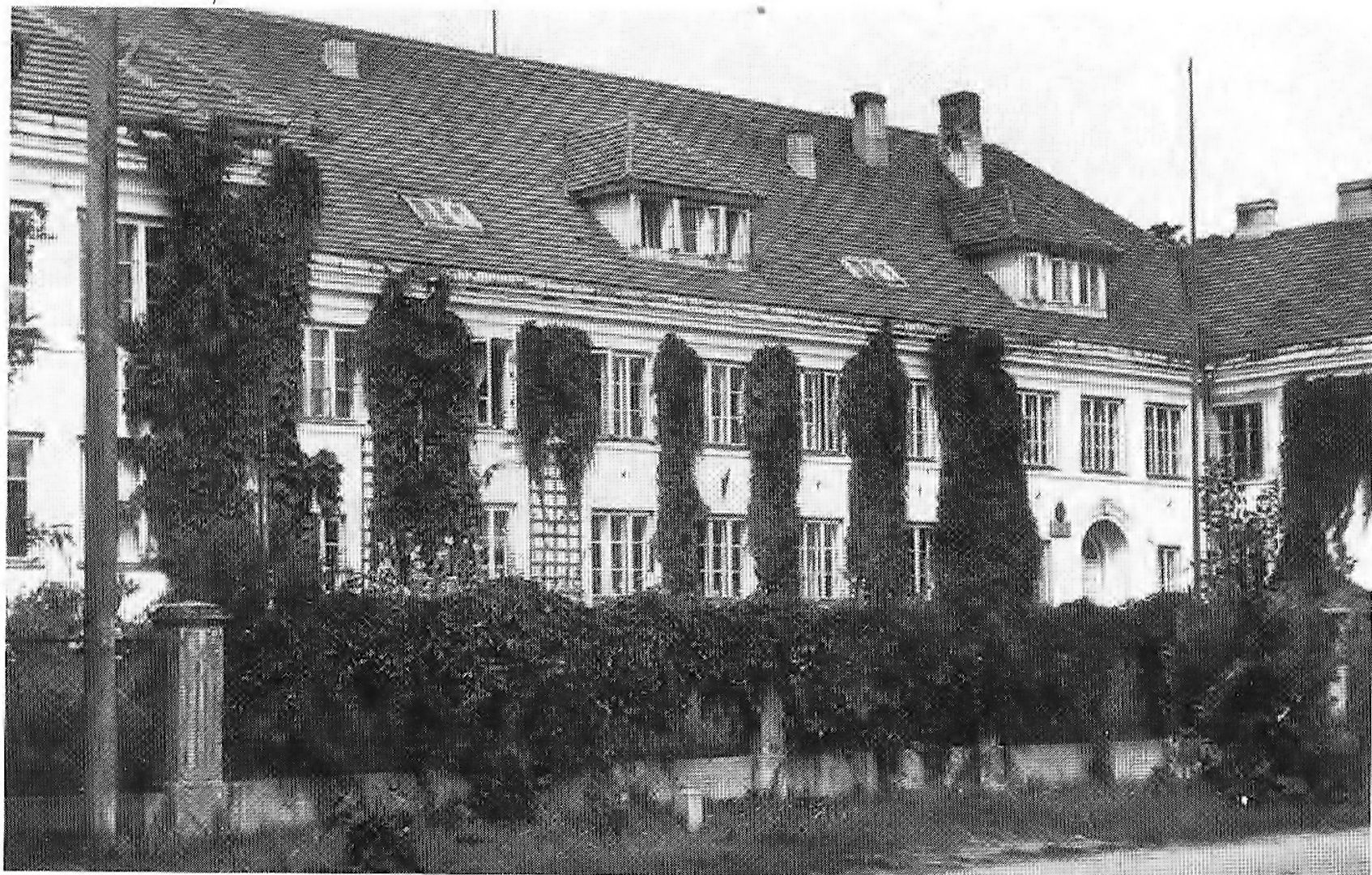Grzegorz Piramowicz Augustow First General Secondary School
6.6

Overview
Grzegorz Piramowicz I Liceum Ogólnokształcące in Augustów, established in 1927, is the oldest high school in the city. Its history dates back to the interwar period when Augustów lacked secondary schools. Initially, it was founded as the State Male Teachers' Seminary, which was transformed into a State Coeducational Gymnasium in 1933, and in 1937, it was renamed the State General Secondary School and Gymnasium. In the 1930s, the school gained recognition by organizing various extracurricular activities, such as sports and artistic clubs, aimed at youth development.
During World War II, the school was evacuated, and after the war, it resumed operations under the leadership of Witold Wołosewicz. In 1945, after the turmoil of the war, new principals took over the school and introduced a series of organizational changes. In 1975, the Grzegorz Piramowicz General Education School Complex was established, and in 1990, the traditional name of the high school was restored. Since 1998, the principal has been Joanna Lisek, who continues to develop the institution and its traditions. The high school engages in various cultural activities, including the operations of the youth theater "Res Humanae."
The school hosts various interest clubs, such as the Res Humanae Theater, the Chemical Society, the School European Club, and the School Robotics Club, which help students develop their passions. Many notable alumni have studied within its walls, including General Zygmunt Huszcza, architect Krystyna Zofia Eichler, as well as doctors and artists, highlighting its educational and cultural significance. The school has a rich publishing history, creating magazines such as "Praca Młodych" and "Echo Szkolne," and fostering artistic life through a choir, orchestra, and dance groups.
Architecturally, the high school has undergone various relocations, including moves to modern buildings adapted to school needs in the 1970s and 1980s. Despite historical challenges, the school has managed to survive and adapt to the changing educational conditions in Poland, and its impact on local culture and education remains invaluable. Today, the high school continues its work for youth, offering various educational programs, promoting social activities, and striving for the further development of young people.
Location
2025 Wizytor | All Rights Reserved